For those who have not read the August digest, you can read it here .
So, now the September digest:
1. EPFL scientists have developed soft artificial skin that provides tactile feedback and, thanks to its sophisticated well-being mechanism, is potentially capable of instantly adapting to the user's movements.
2. Limb prostheses improve every year, but the strength and accuracy that they acquire does not always lead to more efficient use. After all, people with amputated limbs have only a basic level of control over them. Swiss researchers have found a way to improve the management of artificial limbs using AI.
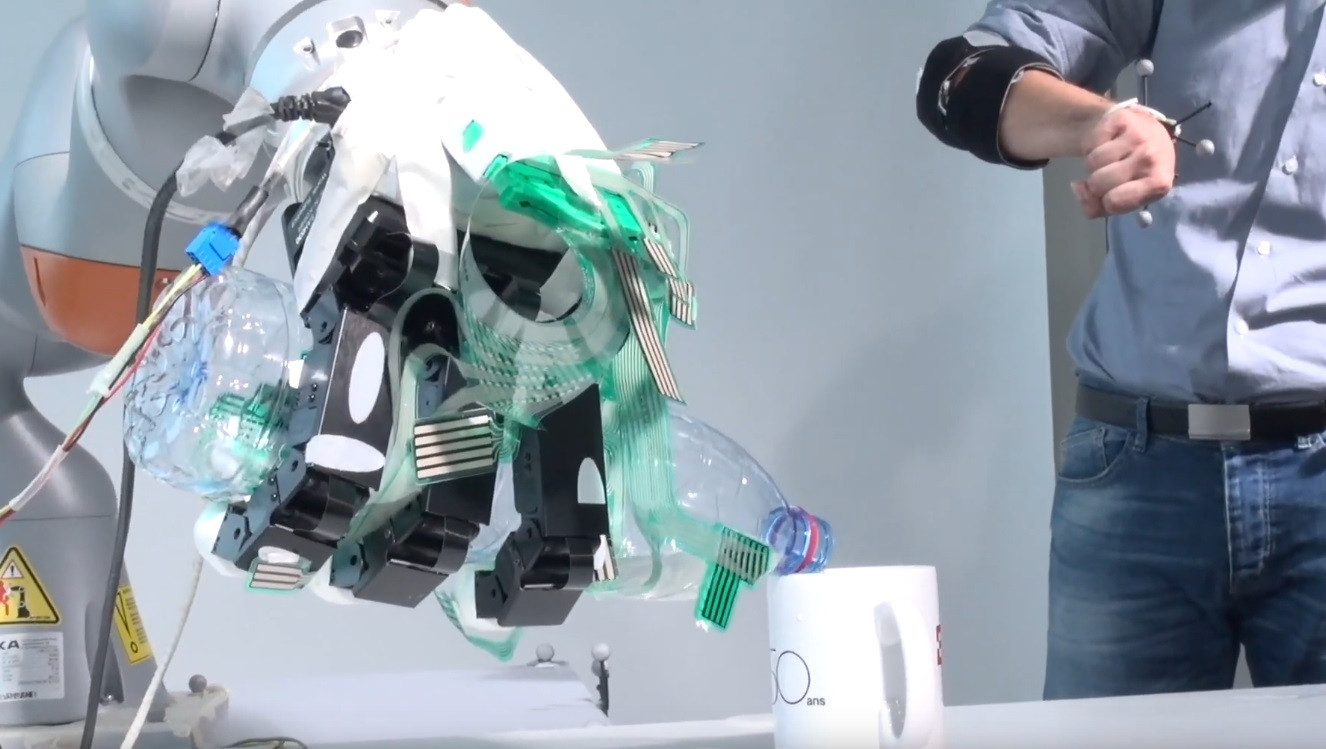
3. Developers from Google published a description of the end-to-end recommendation system on YouTube. The system uses several target functions for ranking and takes into account the user's personal preferences. To optimize the model for several objective functions, the developers used Multi-gate Mixture-of-Experts.
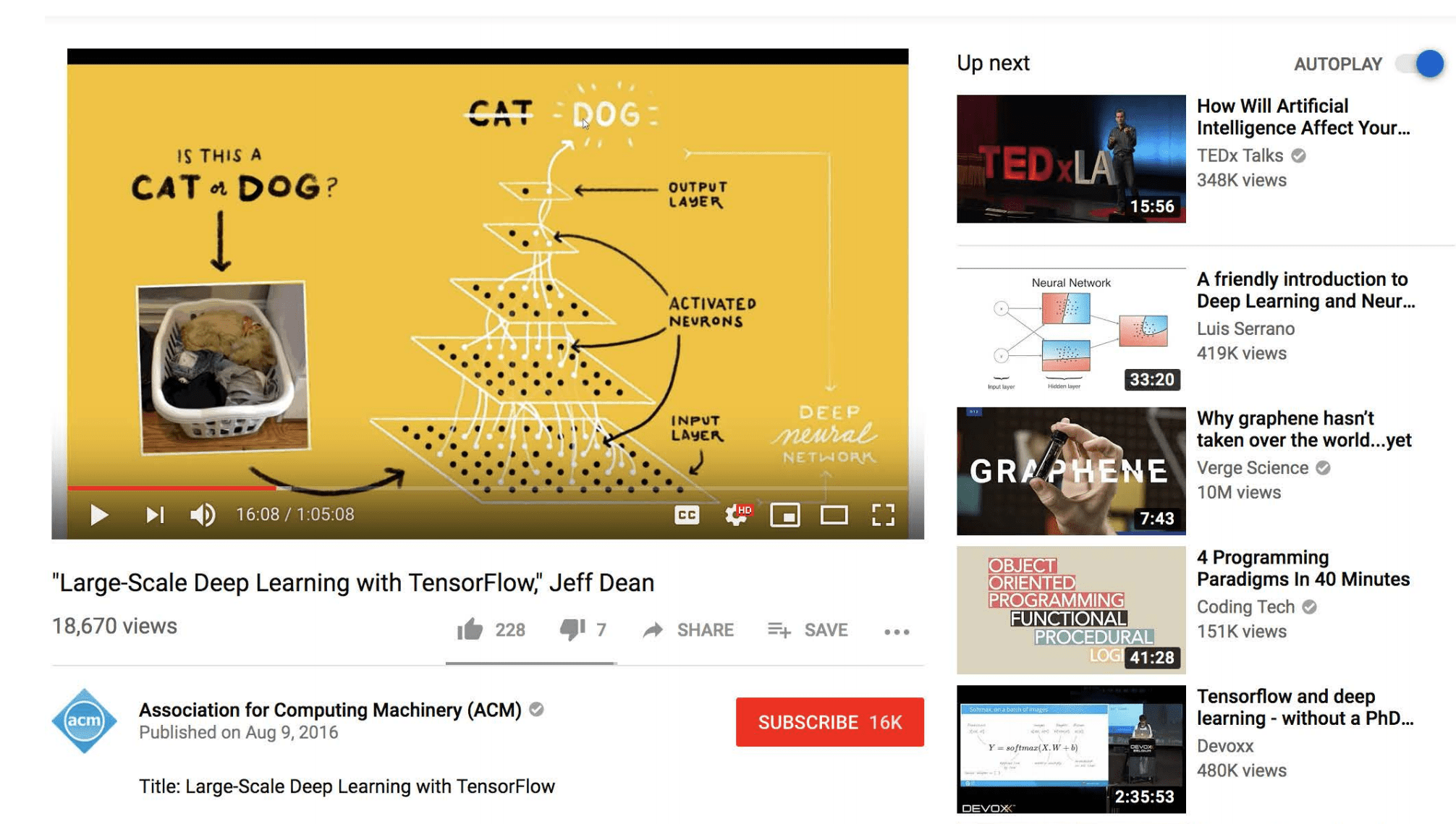
4. The generated.photos project published a dataset with 100K faces in high resolution. Images of faces were generated using StyleGAN. Published images can be freely used for commercial purposes with a link to the developers. Such a service may be of interest to magazine editors, advertising specialists, web designers, etc. The use of synthetic images reduces the cost of media professionals in auditions and photography.

5. In Australia, artificial intelligence will help catch drivers distracted by a smartphone.

6. A few years ago, Google identified flood forecasts as a unique opportunity to improve people's lives and began to study how Google’s infrastructure and machine learning experience could help in this area.
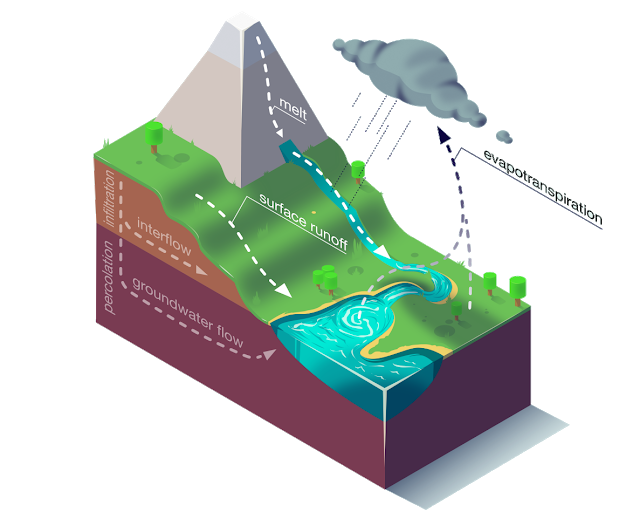
7. The study of multilingual neural machine translation. Over the past few years, machine translation (MT) systems have improved significantly thanks to developments in the field of neural machine translation (NMT). However, the success of NMT is largely due to the large amount of training data. But what about languages for which there is little or no data? A multilingual NMT, where a training signal from one language should improve the quality of translation into other languages, is a potential way out.

8. ETH researchers use artificial intelligence to improve the quality of images recorded with the relatively new biomedical imaging technique. This paves the way for more accurate diagnostics and cost-effective devices.
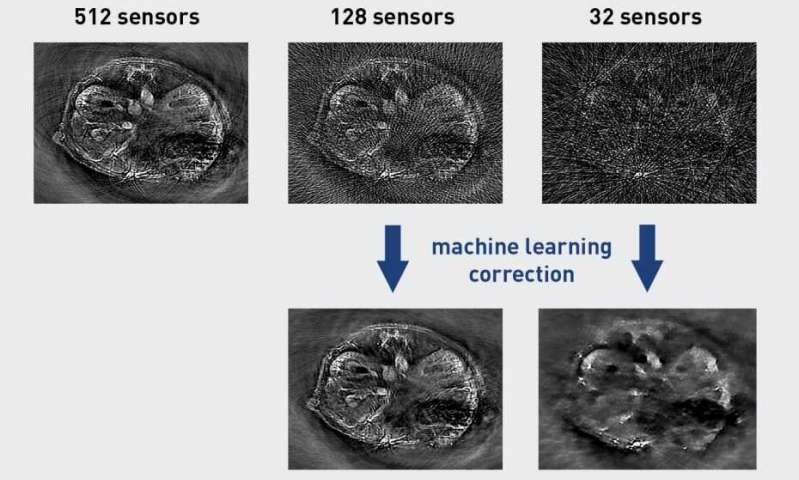
9. Scientists from Oxford University have developed a new artificial intelligence software to recognize and track the faces of individual chimpanzees in the wild.
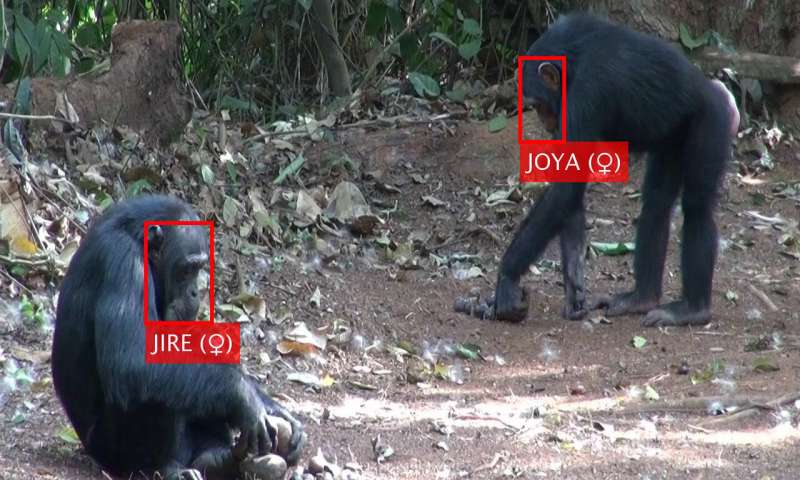
10. Researchers at the ATLAS Institute of the University of Colorado have recently developed a group of small shape-changing robots called ShapeBots. These self-transforming robots can change both individual and collective configurations to display and visualize information in various settings.
11. The new synthetic material , which creates a connected sensory network similar to the biological nervous system, can allow soft robots to feel how they interact with the environment and adjust their actions accordingly.
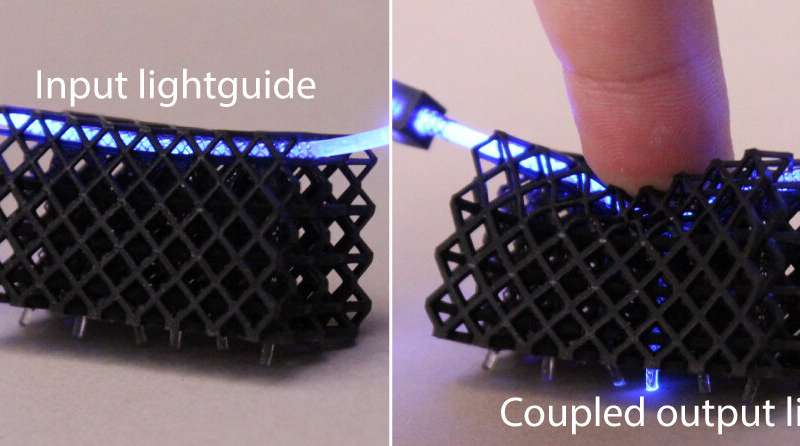
12. Machine learning and its radical application in severe weather forecasting.
13. Researchers have developed a machine learning algorithm that predicts the results of chemical reactions with much higher accuracy than trained chemists and offers methods for producing complex molecules, eliminating a significant obstacle to the discovery of drugs.
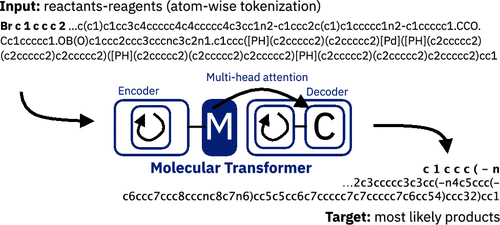
14. A team of Italian mathematicians, including a neuroscientist at the Center for the Unknown (CCU) in Lisbon, Portugal, has demonstrated that machines with artificial vision can learn to quickly recognize complex images using a mathematical theory developed 25 years ago.

On this our short digest came to an end. Draw conclusions and work productively. Do not forget to share the article with colleagues. Not to skip articles and news digests, you will be helped by subscribing to my Telegram channel Neuron (@neurondata), as well as subscribing to my account on Habré, do not miss the following digests.
All knowledge!